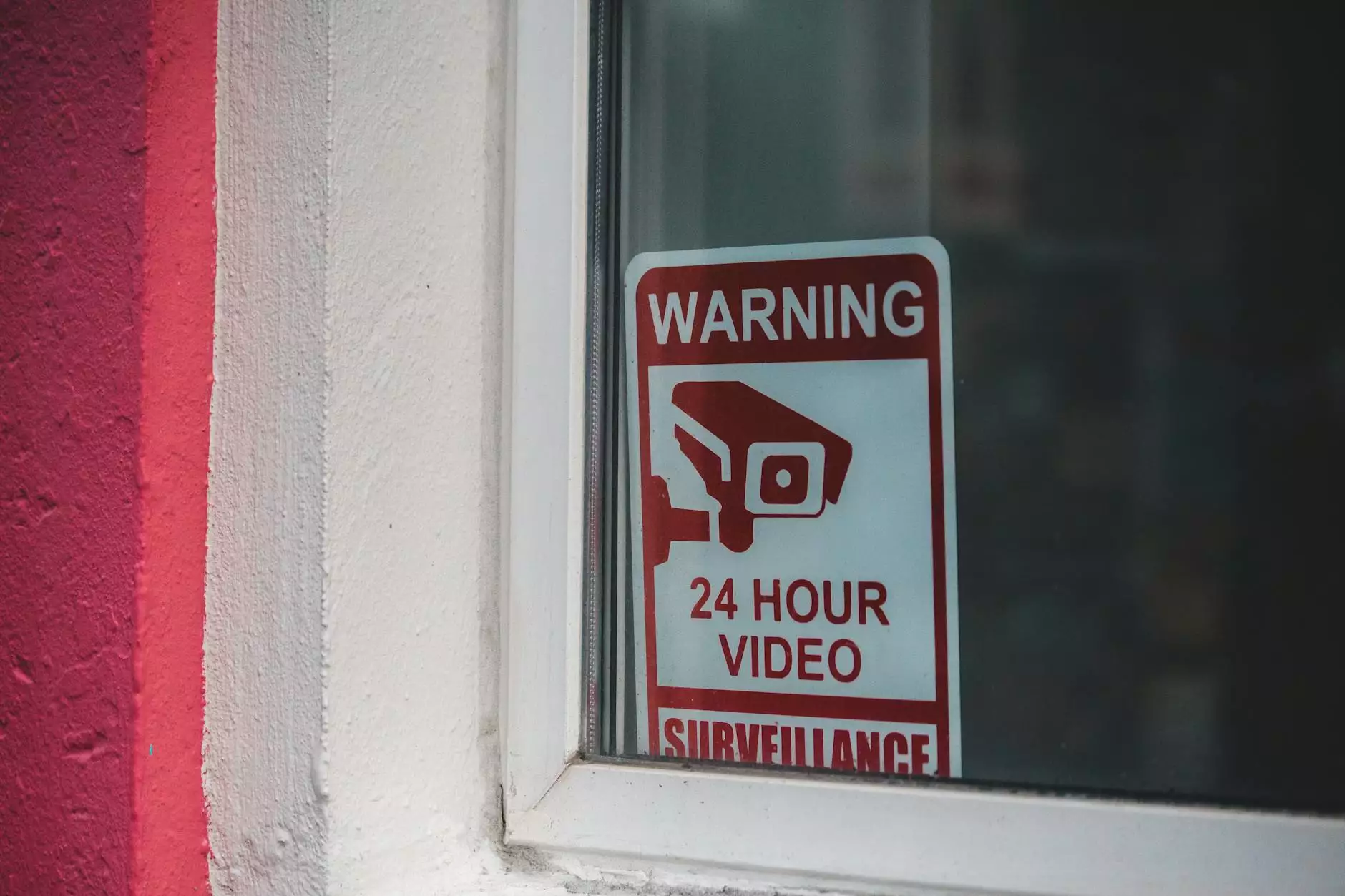Web Content Accessibility Guidelines (WCAG) Principle #1 - Perceivable
Blogs
Introduction
Welcome to Utah SEO Expert's comprehensive guide on Web Content Accessibility Guidelines (WCAG) Principle #1 - Perceivable. In this article, we will delve into the importance of creating perceivable web content, and how it can enhance both the user experience and search engine rankings.
Understanding Perceivability
Perceivability refers to the ability of users, including those with disabilities, to perceive and understand the information presented on a website. This principle emphasizes the importance of providing content in multiple formats, ensuring that it can be easily interpreted by all users.
Why is Perceivability Important for SEO?
In the realm of search engine optimization (SEO), perceivability plays a crucial role in determining the effectiveness and visibility of a website. Search engine algorithms prioritize websites that provide accessible and understandable content to users with various abilities. By optimizing your website for perceivability, you can achieve higher search engine rankings and attract a larger audience.
Key Guidelines for Enhancing Perceivability
1. Use Clear and Descriptive Headings
Headings not only help users navigate through your content effortlessly, but they also provide structure and context. Utilize heading tags (H1, H2, H3, etc.) to divide your content into logical sections and include relevant keywords within the headings to improve SEO performance.
2. Include Alternative Text for Images
Adding alt text to your images allows visually impaired users to understand the content of an image through screen readers. Make sure to include descriptive alternative text that conveys the purpose and context of the image, while incorporating relevant keywords for better search engine visibility.
3. Provide Transcripts for Audio and Video Content
When including audio or video content on your website, ensure that you provide detailed transcripts. Transcripts not only assist individuals who are deaf or hard of hearing, but they also improve search engine crawlers' ability to understand and index your content accurately.
4. Create Highly Descriptive Links
Optimize the anchor text of your hyperlinks to provide users with a clear and concise understanding of where the link will lead them. This helps visually impaired users who utilize screen readers to comprehend the link's purpose without any visual cues. Additionally, search engines consider descriptive anchor text as a ranking factor.
5. Implement Consistent Formatting and Styling
Consistent formatting and styling practices ensure that all users can easily comprehend and absorb content. Use appropriate HTML tags to structure your content, such as for paragraphs, /
with for lists, and or for highlighting important text.
Conclusion
Incorporating Web Content Accessibility Guidelines (WCAG) Principle #1 - Perceivable into your website's design and content strategy is essential for both creating an inclusive online experience and maximizing your SEO efforts. By optimizing your website for perceivability, you can ensure that your content reaches a wider audience while outranking your competitors. Contact Utah SEO Expert today to enhance the accessibility and visibility of your website!
References
- WCAG Guidelines
- Utah SEO Expert Services










